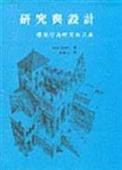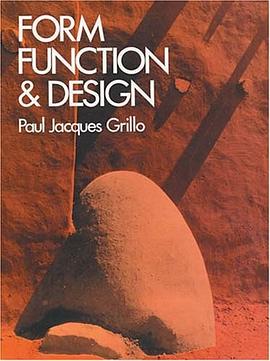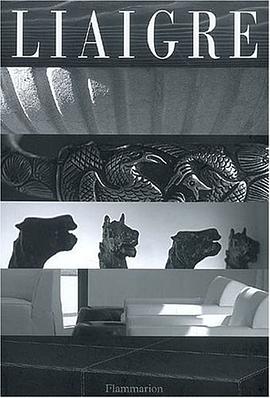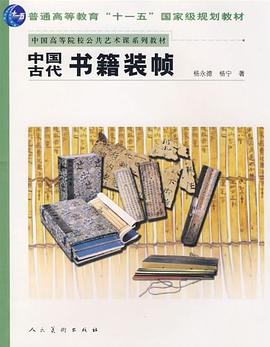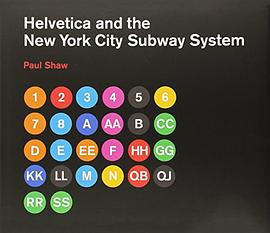
Helvetica and the New York City Subway System pdf epub mobi txt 电子书 下载 2025
- 设计
- 字体
- Typography
- 纽约地铁
- Helvetica
- Design
- 設計相關
- 指示系统
- Helvetica
- Typography
- New York City
- Subway
- Design
- Graphic Design
- Public Transportation
- Visual Communication
- Urban Studies
- History of Design

具体描述
For years, the signs in the New York City subway system were a bewildering hodge-podge of lettering styles, sizes, shapes, materials, colors, and messages. The original mosaics (dating from as early as 1904), displaying a variety of serif and sans serif letters and decorative elements, were supplemented by signs in terracotta and cut stone. Over the years, enamel signs identifying stations and warning riders not to spit, smoke, or cross the tracks were added to the mix. Efforts to untangle this visual mess began in the mid-1960s, when the city transit authority hired the design firm Unimark International to create a clear and consistent sign system. We can see the results today in the white-on-black signs throughout the subway system, displaying station names, directions, and instructions in crisp Helvetica. This book tells the story of how typographic order triumphed over chaos. The process didn't go smoothly or quickly. At one point New York Times architecture writer Paul Goldberger declared that the signs were so confusing one almost wished that they weren't there at all. Legend has it that Helvetica came in and vanquished the competition. Paul Shaw shows that it didn't happen that way--that, in fact, for various reasons (expense, the limitations of the transit authority sign shop), the typeface overhaul of the 1960s began not with Helvetica but with its forebear, Standard (AKA Akzidenz Grotesk). It wasn't until the 1980s and 1990s that Helvetica became ubiquitous. Shaw describes the slow typographic changeover (supplementing his text with more than 250 images--photographs, sketches, type samples, and documents). He places this signage evolution in the context of the history of the New York City subway system, of 1960s transportation signage, of Unimark International, and of Helvetica itself.
作者简介
Paul Shaw is uniquely qualified to have written this account of the development since the mid-1960s of the New York City subway system signage.
He has a BA in American Studies from Reed College and both an MA and MPhil in American History from Columbia University. Trained as an historian, he has spent the past thirty years as a graphic designer specializing in letterforms. At the same time he has continued to research and write design history. He has received scholarships and grants from the National Endowment for the Humanities, the Smithsonian Institution, the Harry Ransom Center at the University of Texas, the American Printing History Association, the Printing Historical Society, and the Book Club of California. In 2002 he was a Fellow at the American Academy in Rome.
目录信息
读后感
评分
评分
评分
评分
用户评价
相关图书
本站所有内容均为互联网搜索引擎提供的公开搜索信息,本站不存储任何数据与内容,任何内容与数据均与本站无关,如有需要请联系相关搜索引擎包括但不限于百度,google,bing,sogou 等
© 2025 book.wenda123.org All Rights Reserved. 图书目录大全 版权所有

